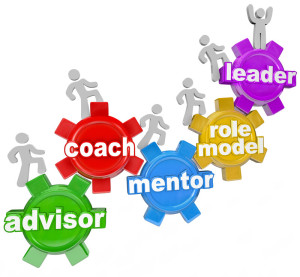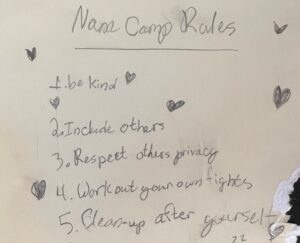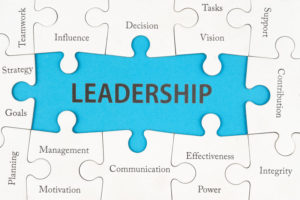My commitment to developing next generation leaders is something I’ve often talked and written about. That commitment is as strong as ever. 
This week I started a 10-month formal mentor program through the NEHIMSS chapter for two different mentees. We’ll talk every other week for 30 minutes focusing on their goals for the mentorship. A few weeks ago, I started my newest coaching engagement with a seasoned IT leader. We are in the early stages of this process, including gathering input from peers. We’ll talk twice a month for an hour with assignments in between. And I’m finalizing a presentation focused on lessons in leadership to deliver virtually in early November to the management team for a CIO colleague at a large academic health system. He brings in an industry expert 6 times a year to share their views and help educate his team.
I’m impressed with the formality and structure of the NEHIMSS mentor program – it appears to be a great model for other chapters and organizations and has evolved since the program was first started in 2014. Mentor and mentee applications are submitted, the mentorship committee then reviews them, makes the matches, and communicates to the pairs with supporting materials including a FAQ and a list of Do’s and Don’ts. Both parties sign a mentorship partnership agreement that includes the mentee’s goals and the roles of the mentor and mentee for each goal.
I have provided professional coaching services for many health IT leaders over the past 7 years. And I have served as both an informal and formal mentor to many during my decades long health IT career. While both have value, coaching and mentoring are different. Continue reading









